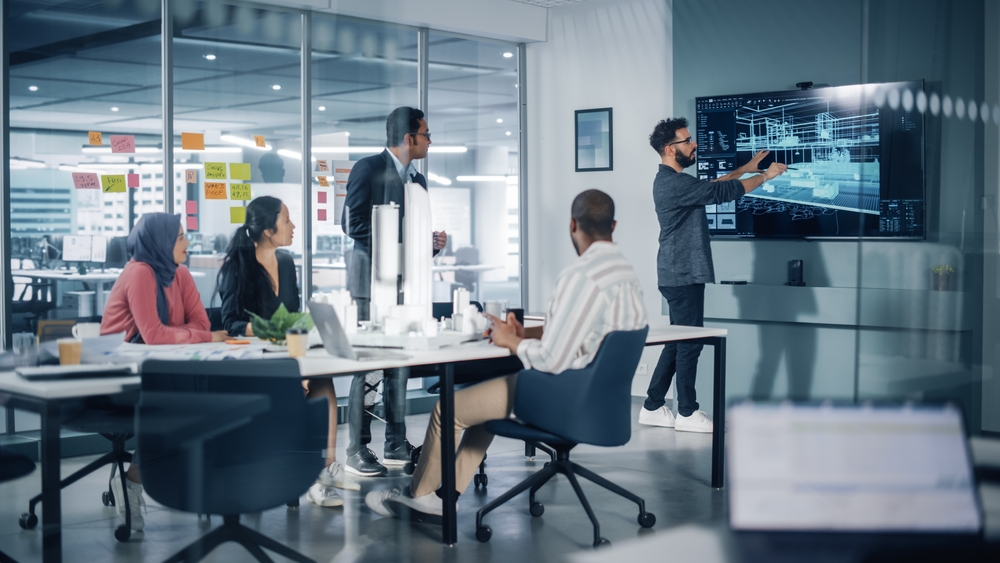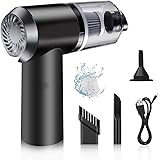VR is a cutting-edge technology that is quickly changing mechanical engineering design. It provides solutions that improve precision, productivity, and teamwork. VR enables engineers to thoroughly explore and analyze designs before producing them in a 3D virtual world.
Precision and performance are critical in mechanical engineering and HVAC design services, where this technology has a significant impact. Virtual reality is shaping the future of these fields.
Shaping the Future of Mechanical Engineering with Virtual Reality
Enhanced Design Visualization
One of virtual reality’s most significant advantages for mechanical engineers is the capacity to see detailed designs in three dimensions. The relationships and interactions within a design are frequently not captured in traditional 2D plans and CAD drawings. By producing immersive 3D models, virtual reality (VR) closes this gap by enabling engineers to examine and engage with their concepts in a virtual setting.
Engineers can examine parts, assemblies, and systems from various viewpoints and angles when providing mechanical engineering design services. This helps them better understand how everything fits and works together. VR helps visualize HVAC system integration and placement within buildings, ensuring all parts fit together perfectly and perform as intended.
Improved Design Accuracy and Error Detection
Virtual reality (VR) improves mechanical design accuracy by enabling engineers to recognize and fix possible problems early in the design process. By utilizing virtual settings to simulate the interactions and functions of different parts, architects can specify design flaws or disputes before building prototypes. With VR in HVAC design services, architects can consider the functionality of HVAC designs under various circumstances.
This proactive method helps to find inefficiencies, possible problems with maintenance, or installation difficulties that conventional 2D designs might miss. Consequently, designs can be improved and optimized, resulting in better operating systems and a lower chance of expensive revisions during building.
Enhanced Collaboration and Communication
In mechanical engineering projects, efficient cooperation is essential. Stakeholders, such as architects, engineers, and customers, must exchange data and views. VR makes this union more affordable by delivering a shared virtual setting where all parties can simultaneously view and interact with the design. VR enables real-time feedback and discussion for mechanical engineering design services, assigning team associates to make decisions and modifications jointly.
VR simulations can be used in HVAC design services to show and clarify design options to clients, assisting them in understanding how the systems will function and how they integrate into the building’s overall architecture. Increasing communication decreases miscommunications, and everyone agrees with the project’s objectives.
Streamlined Prototyping and Testing
Creating physical prototypes for mechanical engineering designs and HVAC systems has traditionally been costly and time-consuming. VR delivers a more practical replacement by allowing architects to test and validate designs in a virtual setting. Virtual reality (VR) simulations can be used in mechanical engineering design services to test the performance and functionality of designs under different conditions, reducing the requirement for several physical prototypes. Similarly, virtual reality (VR) in HVAC design services enables virtual testing of HVAC systems, including airflow and thermal performance, before manufacturing or installing any actual components. This quickens the cycle of design iterations and simplifies the prototyping process.
Future Potential and Advancements
As it develops, VR technology has more potential uses in mechanical engineering and HVAC design services. VR technology and software developments are anticipated to improve the realism and interactivity of simulations, offering ever more potent tools for design and analysis. VR’s potential in these domains may be further enhanced by integration with other technologies, such as augmented reality (AR) and artificial intelligence (AI).
Final Takeaway
Virtual reality completely changes how mechanical engineering and HVAC design services handle simulation and design. VR is reshaping various industries and spurring innovation by providing more excellent visualization, increased accuracy, improved collaboration, and simplified prototyping. By embracing VR technology, engineers may produce more effective, efficient, and well-designed solutions, which improves project outcomes and increases customer satisfaction.
SHAYONAM 3IN1 Portable Car Vacuum Cleaner with Blower | USB Rechargeable Wireless Handheld Car Vacuum Cleaner Traveling, Camping Reusable,Portable,Rechargeable (Vacuum with Blower)(Multy)/*-
₹699.00 (as of 7 November, 2024 18:25 GMT +05:30 - More infoProduct prices and availability are accurate as of the date/time indicated and are subject to change. Any price and availability information displayed on [relevant Amazon Site(s), as applicable] at the time of purchase will apply to the purchase of this product.)One94Store Vintage Twin Bell Analog Display Table Alarm Clock with Night Led Light Heavy Slippers Extra Loud Alarm Clock Ideal for Student and Kids Bedroom (Copper, 12 cm)
₹299.00 (as of 7 November, 2024 18:25 GMT +05:30 - More infoProduct prices and availability are accurate as of the date/time indicated and are subject to change. Any price and availability information displayed on [relevant Amazon Site(s), as applicable] at the time of purchase will apply to the purchase of this product.)SR Drawer Organizers for Underwear, Socks, Bras, Ties, Undergarments, and Scarves - Closet Storage Dividers for Household Use Wardrobe Storage Box Set of 4 (Multicolor)
₹199.00 (as of 7 November, 2024 18:25 GMT +05:30 - More infoProduct prices and availability are accurate as of the date/time indicated and are subject to change. Any price and availability information displayed on [relevant Amazon Site(s), as applicable] at the time of purchase will apply to the purchase of this product.)Amazon Basics Electric Egg Boiler | 3 Boiling Modes | Automatic Operation | Overheat Protection|75ml|Plastic|White
₹369.00 (as of 7 November, 2024 18:26 GMT +05:30 - More infoProduct prices and availability are accurate as of the date/time indicated and are subject to change. Any price and availability information displayed on [relevant Amazon Site(s), as applicable] at the time of purchase will apply to the purchase of this product.)Ezee Black Garbage Bags for Dustbin | 90 Pcs | Medium 19 X 21 Inches | 30 Pcs x Pack of 3
₹159.00 (as of 7 November, 2024 18:26 GMT +05:30 - More infoProduct prices and availability are accurate as of the date/time indicated and are subject to change. Any price and availability information displayed on [relevant Amazon Site(s), as applicable] at the time of purchase will apply to the purchase of this product.)Discover more from The General Post
Subscribe to get the latest posts sent to your email.





